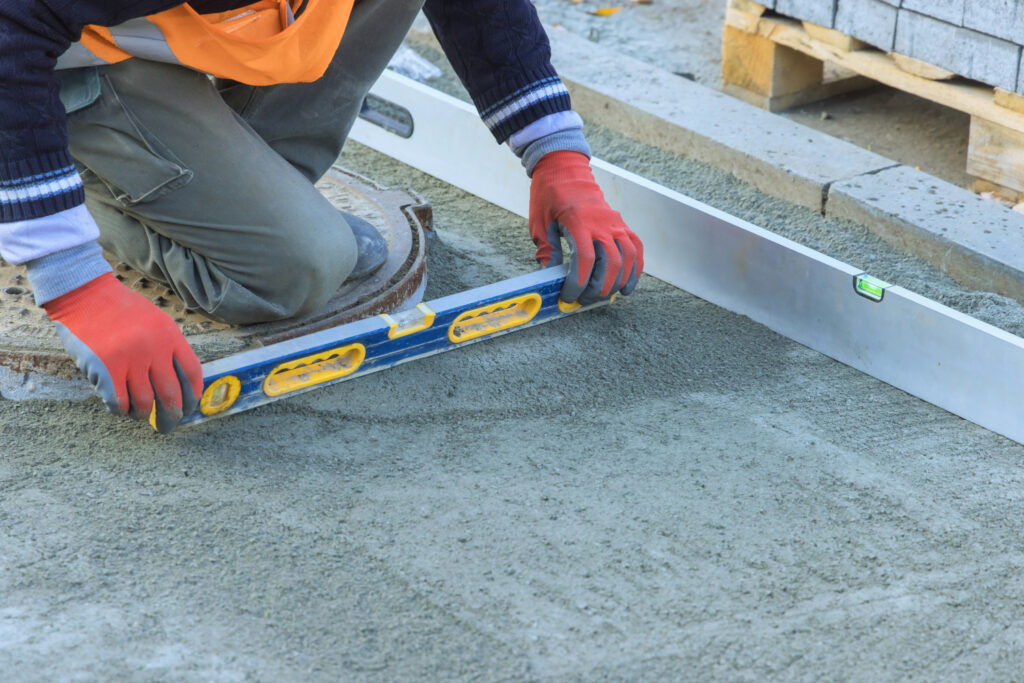Maintaining a durable and visually appealing driveway is a priority for many homeowners. Over time, concrete driveways can develop cracks, potholes, and uneven surfaces due to environmental factors, heavy loads, or the natural settling of the ground underneath. Concrete driveway repair can range from simple DIY fixes for minor issues to more extensive professional refinishing or resurfacing for larger damage. Common repair strategies include filling cracks with appropriate materials, resealing to extend the lifespan of the concrete, and resurfacing to restore the driveway’s original appearance.
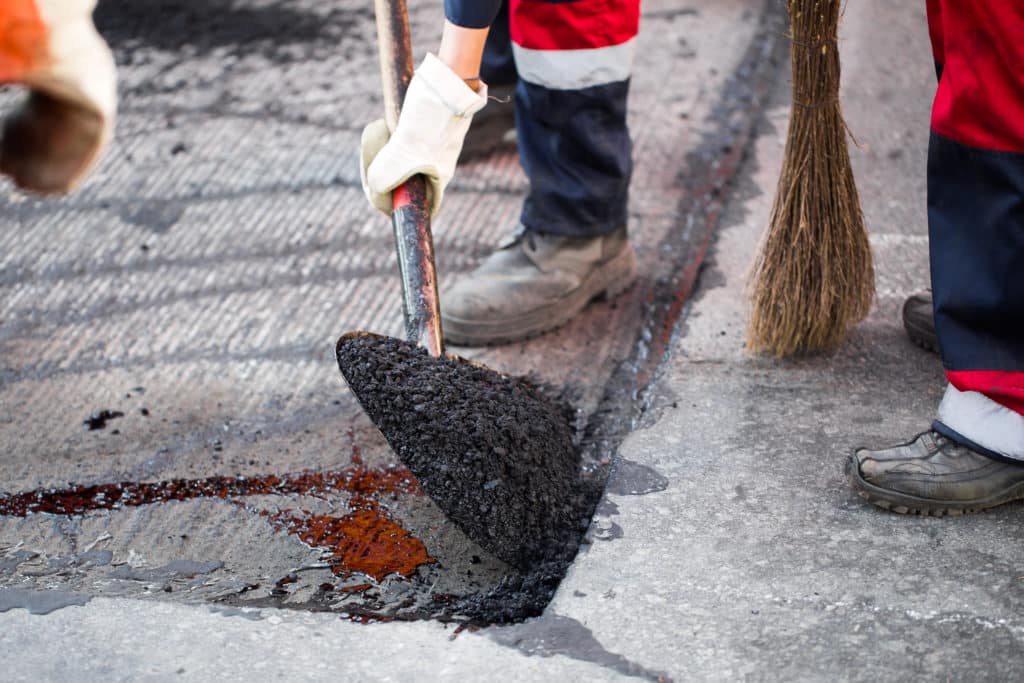
When considering repairs, it’s important to assess the extent of the damage to determine the most effective repair method. Hairline cracks might require simple patching, while larger, deeper cracks may necessitate the use of advanced repair materials or professional intervention to prevent further deterioration. For significant damage, seeking the expertise of a professional who can provide up to four free quotes for their services is advisable. They can offer customized solutions that ensure the structural integrity of the driveway and enhance its overall look.
Engaging a professional for driveway repair can be beneficial as they have the necessary skills, experience, and tools to ensure the job is done correctly and efficiently. Professionals are capable of addressing a variety of issues, from repairing simple cracks to a complete driveway renovation. By prioritizing repairs, homeowners can avoid more serious issues down the line, preserving the value and function of their property.
Assessing Driveway Damage

Before initiating any repair process, it’s crucial to conduct a thorough investigation of the concrete driveway to determine the extent of the damage. This evaluation informs the most suitable repair approach.
Identifying Small and Large Cracks
Small cracks in a concrete driveway, often less than a quarter-inch wide, may be the result of normal settling or minor shrinkage as the driveway cures. In contrast, large cracks, wider than a quarter-inch, can indicate more significant issues that may require professional attention. It’s essential to (document the locations and widths of cracks) for an accurate repair plan.
Understanding Concrete Driveway Spalling
Spalling is the surface deterioration seen as pitting, flaking, or chipping of the concrete driveway, often caused by a combination of heavy loads and freeze-thaw cycles. This type of damage exposes the aggregate beneath and may compromise the driveway’s aesthetic value and functionality.
Recognizing Structural Damage
Structural damage can manifest through (visible signs such as wide, deep cracks, sinkholes, or heaving). These signs often suggest problems below the surface that may stem from inadequate ground preparation or significant changes in the underlying soil composition. Structural damage necessitates a more in-depth analysis to ensure the driveway’s integrity.
Preparation for Driveway Repair
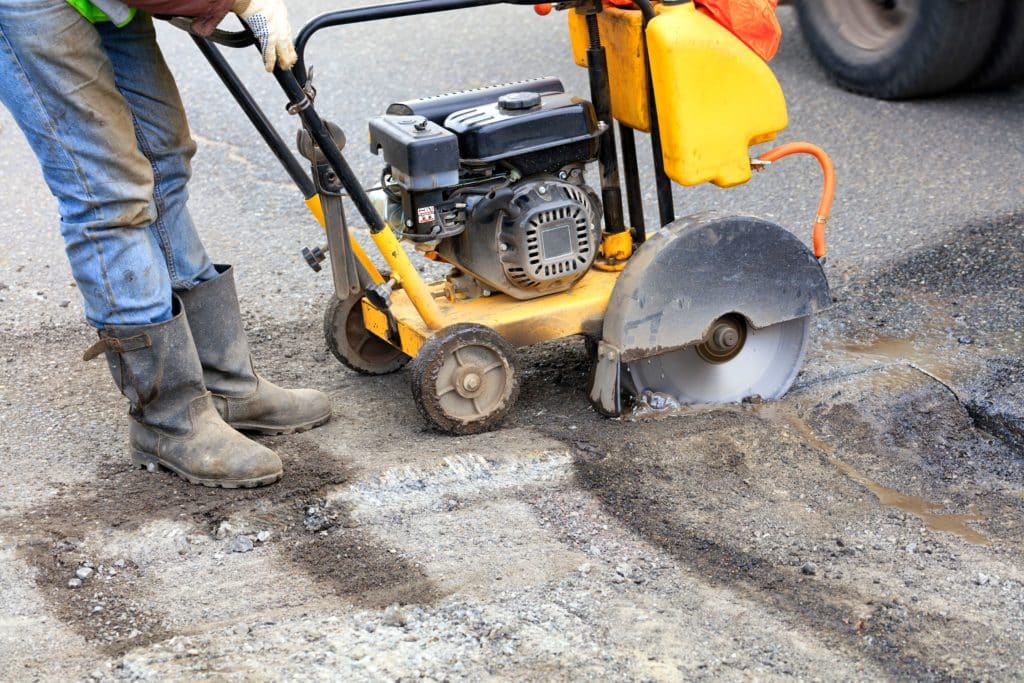
Effective repair of a concrete driveway begins with thorough preparation. This involves cleaning the driveway and preparing the surface by removing debris, which ensures the patching materials will adhere properly and the repair will last longer.
Cleaning the Driveway
Cleaning the driveway is the first step in the preparation process. Pressure washing is an excellent method for removing mold, mildew, dirt, and debris. Begin by wetting the concrete to prevent cleaning agents from drying too quickly, which could hinder their efficacy. For optimal results, one may consider a cleaning solution tailored for concrete surfaces.
Surface Prep and Removal of Debris
After cleaning, all loose materials must be removed. The surface needs to be sound, which means patching any cracks or holes before proceeding with larger repairs. The edges of cracks should be chiseled to a V-shape to improve the repair methods‘ effectiveness, as it allows the patching material to expand and contract. Ensure the area is free of dust, dirt, and water before applying the patching compound.
Concrete Driveway Repair Techniques
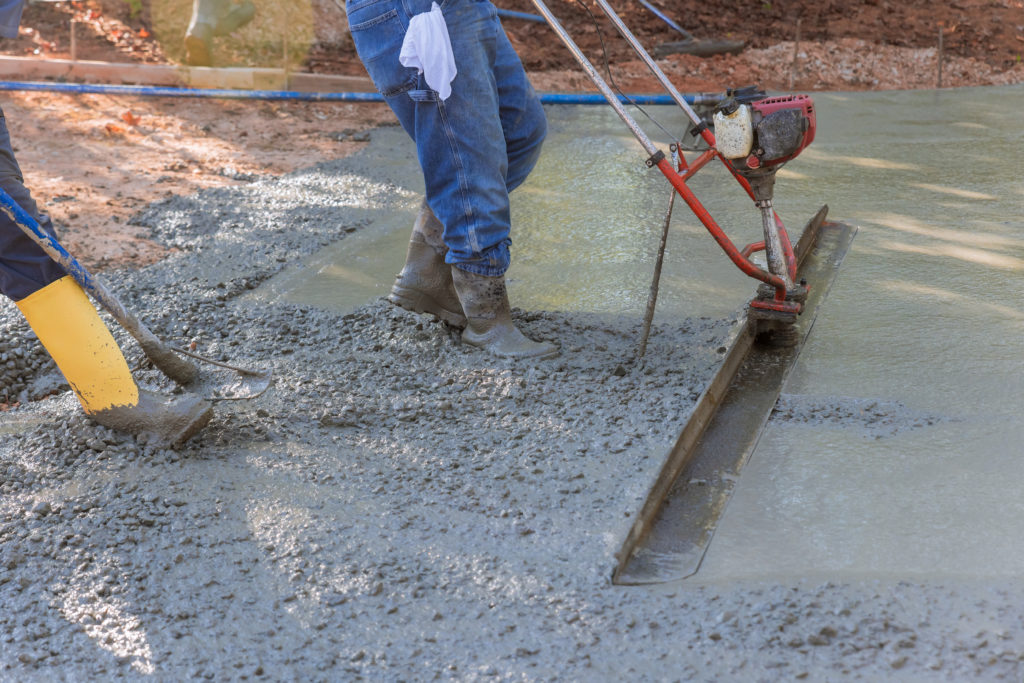
When addressing concrete driveway repairs, choosing the right method is crucial to ensure durability and aesthetics. Repair techniques vary based on the specific issue, whether that be minor cracking, surface deterioration, or uneven slabs.
Filling and Sealing Cracks
Cracks in concrete driveways should be addressed promptly to prevent further damage. The repair process typically involves cleaning the area thoroughly to remove debris. A suitable concrete filler is then used to fill the cracks, followed by sealing to protect the area from water ingress and future wear.
Resurfacing the Driveway
For driveways with extensive surface damage but intact structural integrity, resurfacing is a cost-effective technique. It involves cleaning the existing surface and then applying a resurfacing compound to give the driveway a new top layer. The result is a smooth, like-new finish that can extend the lifespan of the driveway significantly.
Replacing or Lifting Uneven Sections
Driveways with uneven sections may require lifting or replacing slabs. Lifting involves using a technique such as mudjacking or slab jacking to raise and stabilize sunken concrete. If the concrete is severely damaged, replacing sections may be necessary. This involves removing the damaged portions of the driveway and pouring new concrete, ensuring it properly bonds to the existing slabs.
Finishing Touches
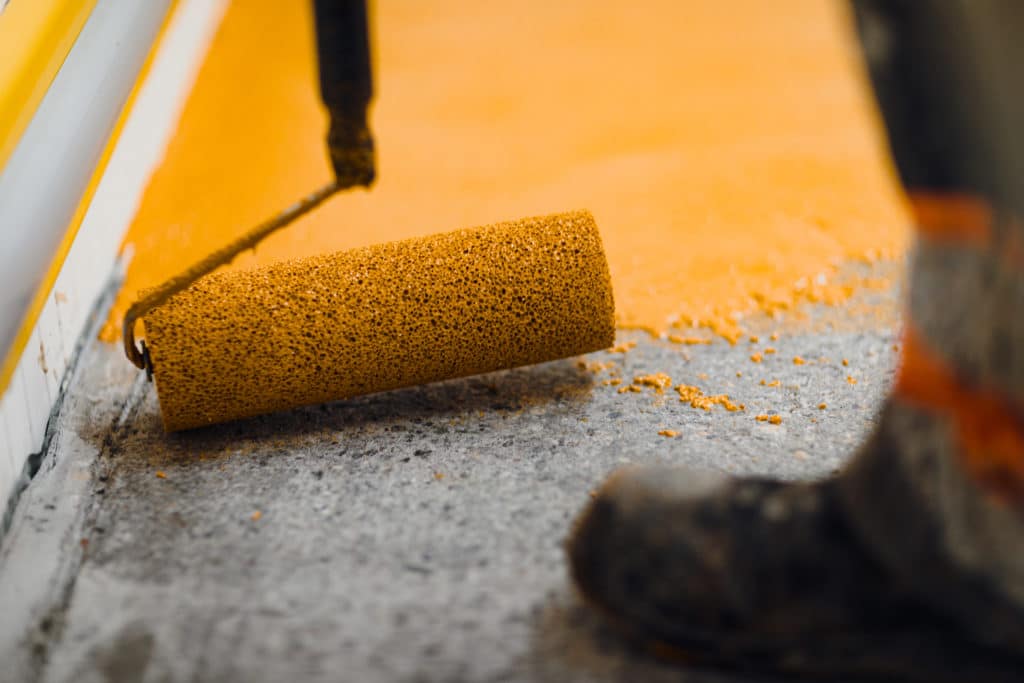
In repairing a concrete driveway, the application of a sealant is crucial for long-term protection, while choosing the right methods for curing and finishing ensures a durable and aesthetically pleasing surface.
Applying Sealant for Protection
After the concrete repairs have been made, it’s important to apply a sealant to protect the surface. A quality sealant will extend the driveway’s lifespan by shielding it from the elements, preventing water penetration, and resisting oil and grease stains. One should consider using a UV-resistant staining product if color enhancement is desired, as this adds a layer of defense against fading due to sunlight exposure.
Curing and Finishing Methods
For the curing process, the concrete must be kept moist to prevent cracks and ensure strength. This can be achieved through various methods such as wet curing with burlap or plastic sheeting. Finishing should be performed with precision; techniques like floating and troweling are used to create a smooth, leveled surface. Additionally, texturing or sealing the concrete can be performed to provide both a nonslip finish and an additional layer of protection.
Maintenance and Prevention
Effective maintenance and prevention strategies are key to extending the lifespan of a concrete driveway. They encompass regular cleaning and sealing activities, alongside measures to guard against future damage.
Routine Cleaning and Sealing
Routine cleaning is vital for maintaining the appearance and durability of a concrete driveway. It involves removing debris and stains as soon as they occur, which helps prevent long-term damage. For optimal protection, sealing a driveway is a recommended practice. This process should be carried out every two to three years to safeguard against the penetration of water and deicing chemicals, which can be especially harmful during freeze-thaw cycles.
- Frequency: Every 2-3 years
- Benefits: Protects against water and chemical damage
- Ideal Conditions: Apply sealant in dry weather with moderate temperatures
Preventing Future Damage
To prevent future damage, homeowners must consider the implications of extreme temperatures and drainage on their driveways. Properly installed and maintained drainage systems ensure water doesn’t collect and cause deterioration through freezing and thawing. It’s also advisable to avoid the use of deicing chemicals that can exacerbate freeze-thaw cycles; instead, opt for more concrete-friendly alternatives such as sand or cat litter for traction.
- Temperature Considerations: Schedule repairs during moderate weather
- Drainage: Ensure proper slope for water runoff
- Deicing: Use concrete-safe products
By implementing these maintenance and prevention tactics, homeowners contribute to the longevity and resilience of their concrete driveways in the face of environmental stresses.
Hiring Professionals vs. DIY Repair
When considering repairs for a concrete driveway, homeowners must weigh the expertise and quality that come with hiring a professional against the potential cost savings of a DIY project.
When to Call a Professional
Professional intervention is recommended when significant structural issues are present, such as large cracks that indicate a subsidence problem or when there is extensive damage across the driveway. Homeowners should also consider hiring a contractor if they lack the specialized tools or expertise required for a particular repair, as professionals can diagnose and repair complex issues effectively. This ensures the longevity and durability of the repairs, which can preempt further damage.
Managing DIY Driveway Repair Projects
For minor issues such as small cracks or surface level discoloration, a homeowner may choose a DIY route. A successful DIY project involves researching the right materials and methods. Homeowners should be realistic about their capabilities and time commitment. Some concrete repairs can be straightforward if the individual has a basic understanding of the process and access to the right tools. However, undertaking a DIY repair also carries the risk of potential future costs if not done correctly.
- Expertise Needed: Sometimes issues may seem superficial but could be indicative of deeper problems.
- Tools Required: Proper tools and safety gear are vital for effective repairs.
- Time Investment: DIY repairs can be time-consuming, particularly for those new to concrete work.
Driveway repair contractors have the advantage of being able to promptly and professionally address repair needs, which can be a decisive factor for those looking to save time and ensure quality.

 CALL US NOW
CALL US NOW